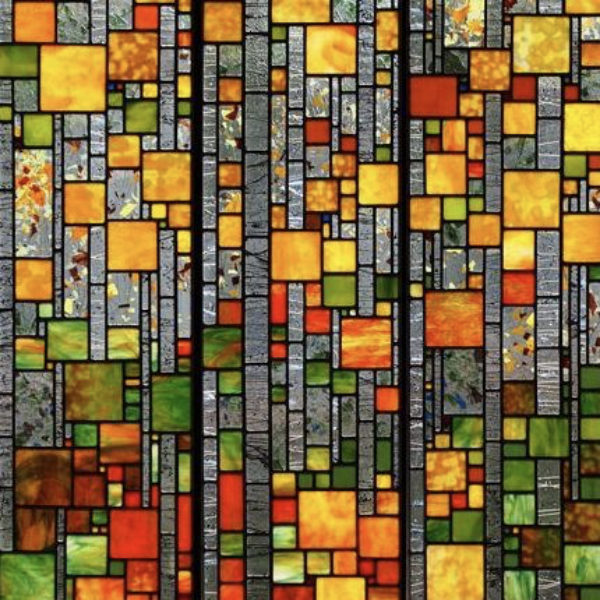Serendipity and strategy in rapid innovation
In systems of innovation, the relative usefulness of different components changes as the number of components we possess increases.
Nature Communications 8, 2002 (2017)
T. Fink, M. Reeves, R. Palma, R. Farr
















Innovation is to organizations what evolution is to organisms: it is how organisations adapt to changes in the environment and improve. Yet despite steady advances in our understanding of evolution, what drives innovation remains elusive. On the one hand, organizations invest heavily in systematic strategies to accelerate innovation. On the other, historical analysis and individual experience suggest that serendipity plays a significant role in the discovery process. To unify these two perspectives, we analyzed the mathematics of innovation as a search process for viable designs across a universe of component building blocks. We then tested our insights using historical data from language, gastronomy and technology. By measuring the number of makeable designs as we acquire more components, we observed that the relative usefulness of different components is not fixed, but cross each other over time. When these crossovers are unanticipated, they appear to be the result of serendipity. But when we can predict crossovers ahead of time, they offer an opportunity to strategically increase the growth of our product space. Thus we find that the serendipitous and strategic visions of innovation can be viewed as different manifestations of the same thing: the changing importance of components over time.